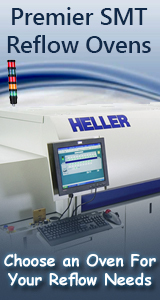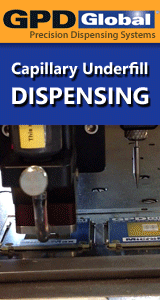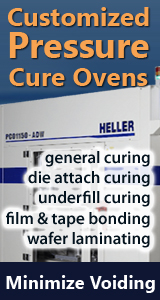Printed Circuit Board Assembly & PCB Design Forum
SMT electronics assembly manufacturing forum.
- SMTnet
- »
- Electronics Forum
- »
- Cleaning a No Clean
Cleaning a No Clean
Views: 5386
![]() We have a customer whom we have built boards for. They want ...
- Jan 13, 2011
by
reworkexchange
We have a customer whom we have built boards for. They want ...
- Jan 13, 2011
by
reworkexchange
![]()
![]()
![]() Not sure this would be of some help, but in the past I worke...
- Jan 13, 2011
by
Hegemon
Not sure this would be of some help, but in the past I worke...
- Jan 13, 2011
by
Hegemon
![]()
![]() isopropyl alcohol and a toothbrush!
=)) seriously. If you d...
- Jan 14, 2011
by
Marusha
isopropyl alcohol and a toothbrush!
=)) seriously. If you d...
- Jan 14, 2011
by
Marusha
![]()
![]()
![]() There is a lot of information available about cleaning no-cl...
- Jan 14, 2011
by
SheanDalton
There is a lot of information available about cleaning no-cl...
- Jan 14, 2011
by
SheanDalton
![]()
![]()
![]() Contact Zestron. We have cleaned many different solder past...
- Jan 14, 2011
by
jdumont
Contact Zestron. We have cleaned many different solder past...
- Jan 14, 2011
by
jdumont
![]()
![]()
![]() I much prefer your definition of quality SheanDalton. LOL
...
- Jan 14, 2011
by
Hegemon
I much prefer your definition of quality SheanDalton. LOL
...
- Jan 14, 2011
by
Hegemon
- SMTnet
- »
- Electronics Forum
- »
- Cleaning a No Clean



.gif)



